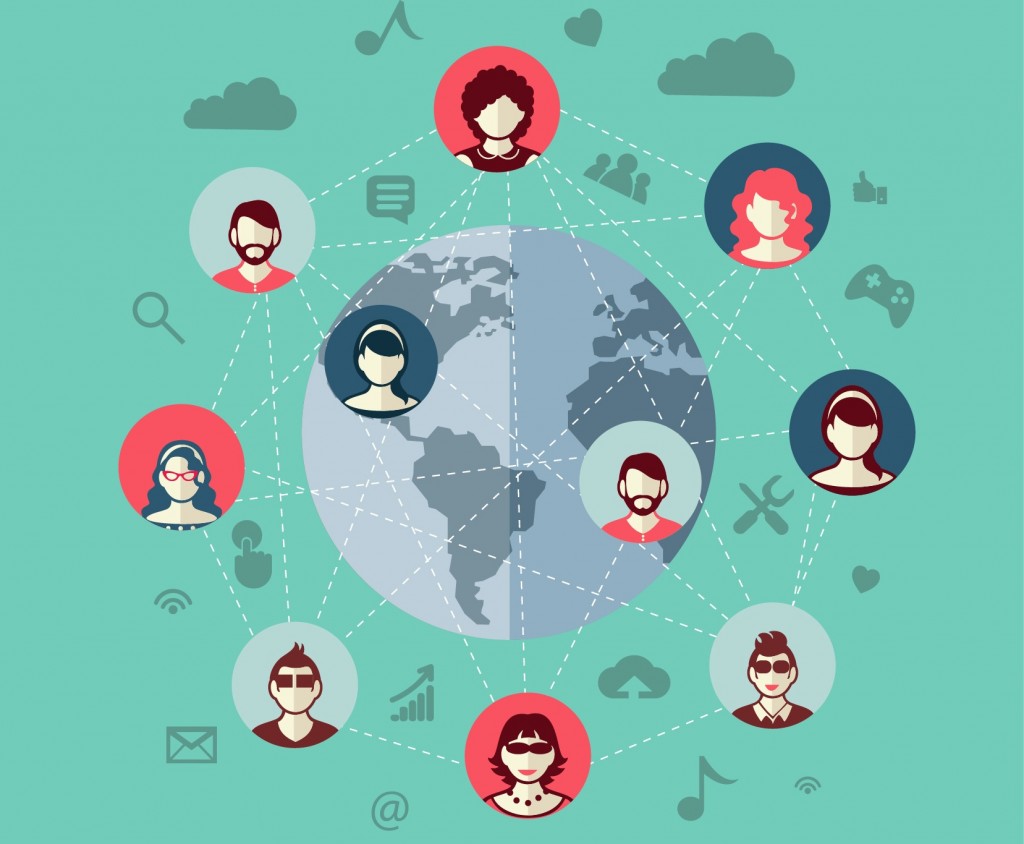 Influencer marketing, which has long been a mainstay of B2C marketing, is finally making its way into B2B marketing. The basic premise of influencer marketing is that key “influencers” within your industry are the key to getting people to buy your products and services. Get these influencers lined up on your side, and closing a deal is easier, faster and, frankly, more enjoyable.
Influencer marketing, which has long been a mainstay of B2C marketing, is finally making its way into B2B marketing. The basic premise of influencer marketing is that key “influencers” within your industry are the key to getting people to buy your products and services. Get these influencers lined up on your side, and closing a deal is easier, faster and, frankly, more enjoyable.
And the numbers back up this assertion. The latest figures show that 38 percent of B2B customers are influenced by professional colleagues and their network; 22 percent are influenced by industry experts; and 16% are influenced by experts within their own company or organization.
Let’s unpack that data for a second. Essentially, it’s saying that friends and colleagues outside of the organization are more trustworthy than colleagues within the organization. And it’s also saying that friends and colleagues outside of the organization are more trustworthy than all the big-name industry experts that everyone knows, but that nobody actually hangs out with.
Understanding this network of influence helps to align the goals of any influencer marketing outreach. It’s too easy to use one of the off-the-shelf tools that promise to find all the influencers within an industry and connect you to them. Maybe this is all the big-name industry bloggers, or all the industry professionals with high-profile Twitter accounts. But those aren’t the influencers that are most valuable. The most valuable influencers are the trusted friends and colleagues of people you and your prospects already work with.
That’s actually a profound insight, because it leads to the next big idea: social media has so much more promise of bringing in new leads and customers than we generally assume. That’s because the easiest way to tap into the true “influencers” is by tapping into people that are already in your prospect’s social networks. Think of all the people that they interact with on Facebook, Twitter, LinkedIn and Instagram every day. Those are the people you should be going after with your influencer marketing campaign.
The first step needs to be creating an inventory of names that you’d like to target, based on what you already know about your prospects’ social networks. This can take some time, but you’ll soon start to see patterns emerge, as you understand how the friends of friends approach is such a powerful way of understanding and mapping influence.
The next step is to engage those influencers. Maybe it’s asking them to write a guest blog. Maybe it’s asking them to contribute to your LinkedIn presence. Maybe you can feature them in a live event or invite them to a company event.
The point is – you need to give these influencers an active, visible platform to get their ideas out. When your prospects see the link between them and your business, that’s when you have the real opportunity.
That’s the core of influencer marketing – getting all those fabulously connected, fabulously engaged individuals to “influence” others to make a purchase. It’s not done overtly, of course. But you’re essentially getting a seal of approval from a trusted colleague who knows and respects your product offerings. And that could make all the difference in giving your B2B marketing efforts a new momentum push.
Image: Designed by Freepik
